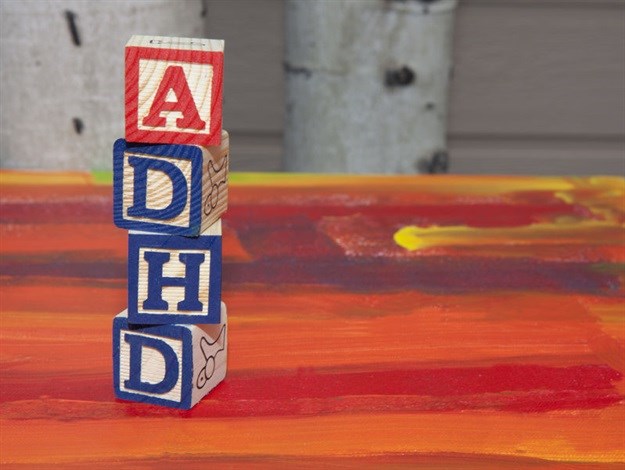Spotting early signs of ADHD in young children

First-timer frustration
Child psychiatrist and author Dr Brendan Belsham says grade one is a time when children with ADHD display the symptoms of ADHD more obviously than in previous years.
“There’s a quantum leap in what’s required from the child from pre-school or grade 0 to grade one, as they’re suddenly required to sit at a desk for longer periods of time, use their fine motor skills and remain focused on one task,” explains Belsham. “The three clusters of ADHD symptoms – inattentiveness, hyperactivity and impulsivity – become more apparent when greater demands are placed on the child’s capacity to self-regulate.”
Beyond the classroom
ADHD symptoms teachers will recognise quickly in the classroom are: the child being easily distracted and forgetful, prone to blurting out answers and not following instructions fully. There are, however, other consequences of undiagnosed ADHD for first-time school-goers, outside the classroom.
“Children with ADHD often unintentionally antagonise their peers because they battle to take turns and adhere to rules, which are both basic functions of child’s play,” describes Belsham. “They’re alienated by their peers as a result and act out in a desperate attempt for attention, which further pushes their peers to exclude them even more. This makes it difficult for them to form friendships in their new class.”
Long-term impact
The social fallout of undiagnosed ADHD isn’t always recognisable at first because teachers aren’t privy to everything that happens on the playground. But the downstream impact on the child’s self-esteem and their attitude towards school is something of which parents should be aware.
“If your child is constantly making excuses not to go to school – like complaining of a sore tummy – or gets tearful at the prospect of going to school, a parent should take heed. The early years of school should be exciting and fun. If a child is actively fighting attending school, there’s a chance it’s because they have undiagnosed ADHD and, as a result, know they’re not coping academically,” says Belsham.
“They start to notice when they take longer to finish their work and have to stay in at break-time, or produce scruffier drawings than their peers. These knocks to their confidence, along with exclusion from class mates, could lead to negative feelings towards school.”
Parents and teachers should both be on the lookout for symptoms of ADHD in the early grades of school, to avoid damage to the academic foundation and self-esteem of the child. If teachers pick up symptoms of undiagnosed ADHD, they should immediately consult with the child’s parents and give information at an observational level – but avoid trying to diagnose the child themselves, says Belsham.
“It’s much more common for teachers to detect symptoms of ADHD, as they’re exposed to behaviours that exacerbate these symptoms. Parents, on the other hand, don’t always witness their child’s struggles with concentration, as the child isn’t under pressure to focus for extended periods of time at home,” says Belsham.
Firm feedback
Teachers should be sensitive, respectful and firm in their approach to relaying their concerns to parents. Parents often have the misconception that having ADHD is a ‘life sentence’ for the child, which, according to Belsham, is wholly untrue.
“Parents of newly diagnosed ADHD children need to know it’s not a reflection of bad parenting or a condition that has to fundamentally interfere with the functioning of the child. ADHD is highly treatable and, with the right treatment from the early school years, children with ADHD can thrive throughout their school careers,” concludes Belsham.
For more information about ADHD, visit myadhd.co.za.












